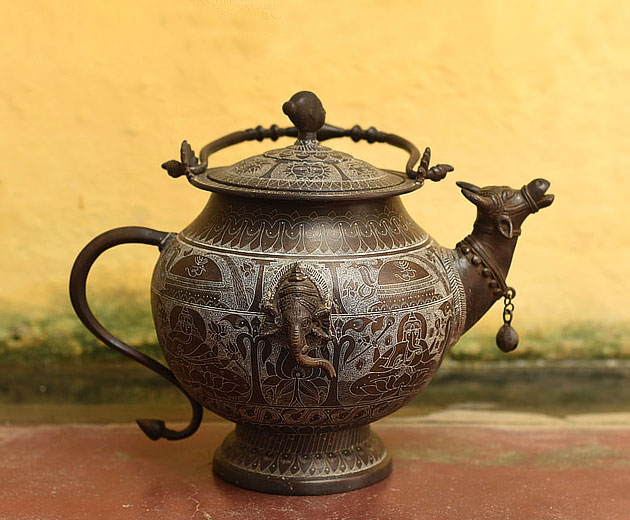
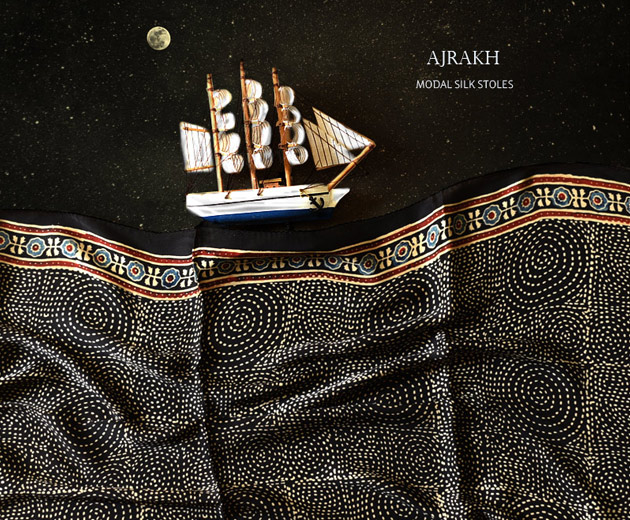
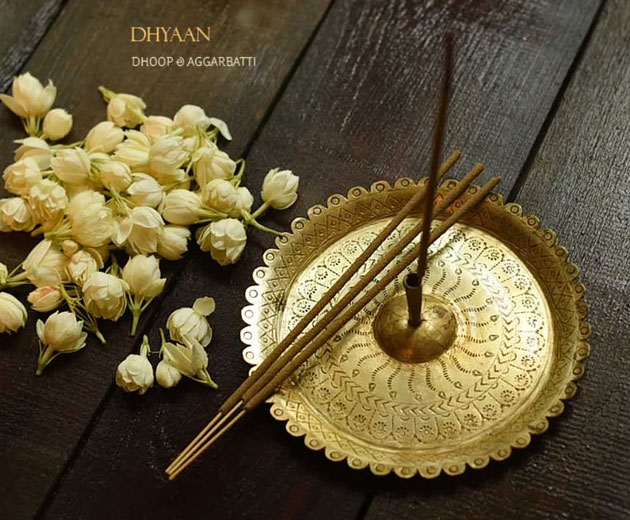
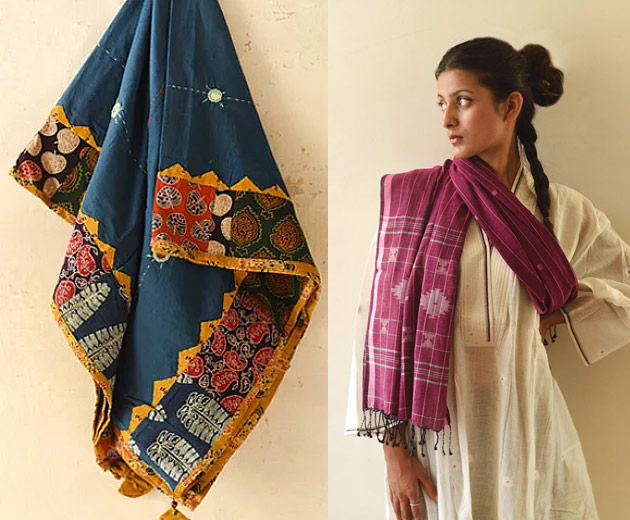
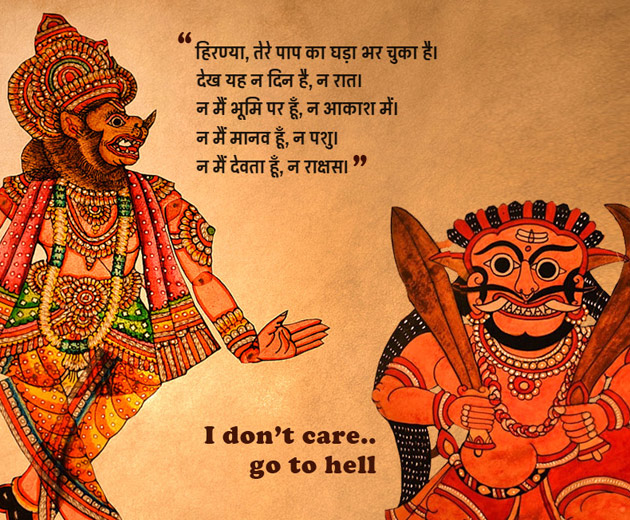
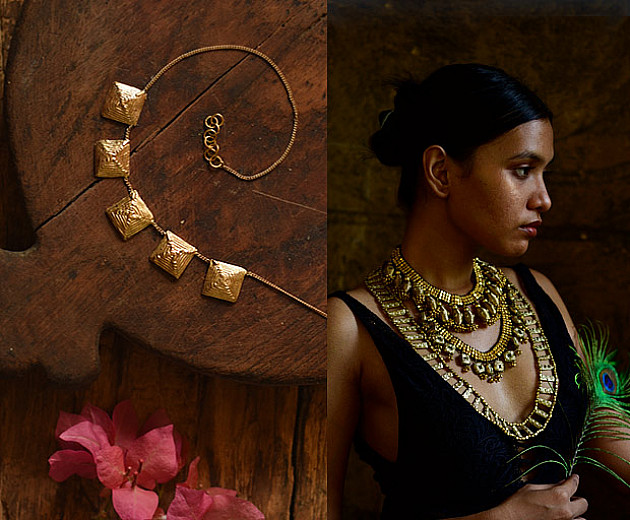
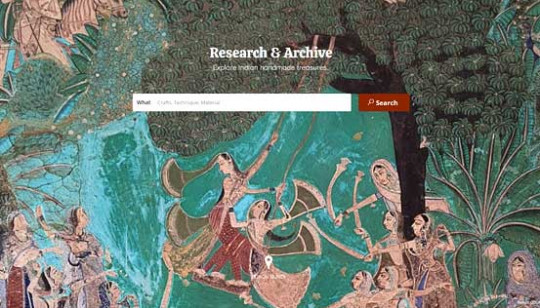
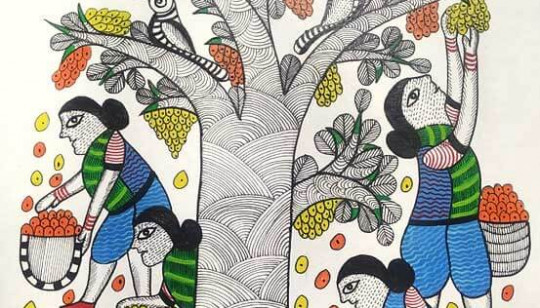
Yes at Vishwakunj Char Rasta, Paldi, Ahmedabad.
We offer worldwide shipping for our customers. In case your country is missing from the list, you can contact our customer care number.
Regarding charges, Shipping within India is free, while international shipping costs are determined based on the weight and volume of the products. You can calculate the shipping cost at the cart section or contact our customer care number.
All prices include taxes (GST). However, import duties, customs charges, and additional taxes are the responsibility of the customer. These charges vary by country based on local rules and regulations, and Gaatha has no control over them.
We accept Cash On Delivery, credit/debit cards, net banking, UPI transaction to make payment online. international customers can also pay by PAYPAL. For any payment related issue or GST Bill/refund contact our customer care number +91 9328006304 ( WhatsApp ) OR email – [email protected]
Certainly, bulk orders are welcome. However, please note that since our products are 100% handmade, mass production within a short timeframe may be challenging.